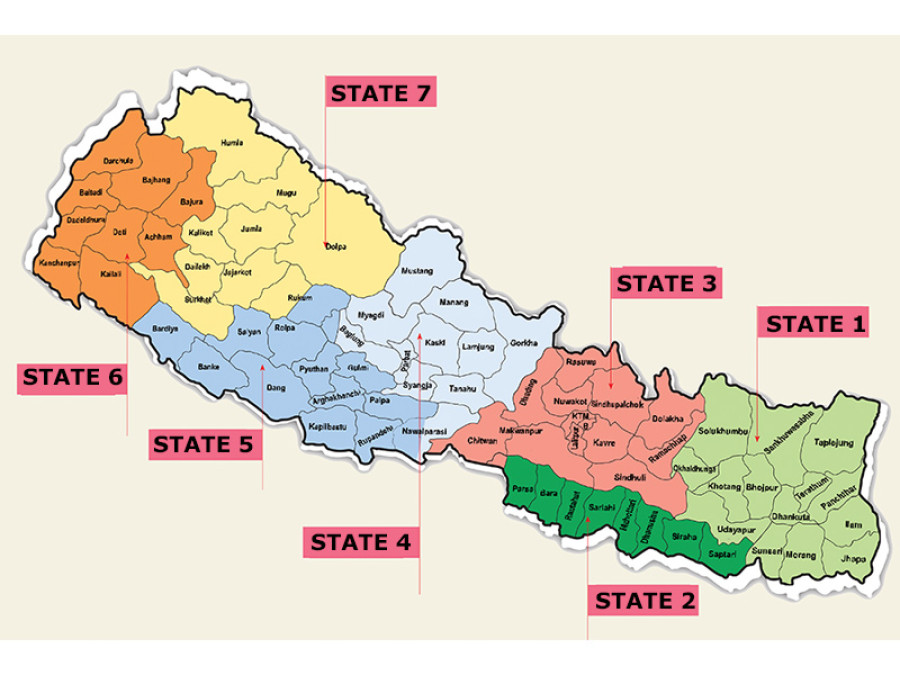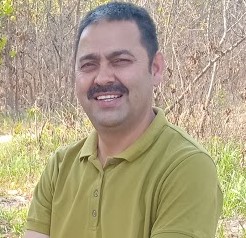Miscellaneous
Viability of states in the 7-state model
States Four, Six and Seven would not be economically viable even if the revenue they generated were used solely within their boundaries.
Khim Lal Devkota
When the major political parties initially agreed to promulgate a constitution, leaving the task of the demarcation of provinces to a federal commission, it was met with much resistance. The Madhes-based parties, in particular, said that they would not accept such a constitution. Now, even as the major parties have proposed a seven-state model, the protests continue. Still, it is unlikely that the major parties will significantly alter the proposed model. It would, therefore, be wise to critically analyse the socio-economic aspects of the proposed states and accordingly introduce new policies and programmes.
This article highlights the key demographic and economic particulars of the seven states. These snapshots take into account state indices such as population, geographical area, the Human Development Index, per capita income, agriculture production, roads, revenues, etc.
An interesting finding from the agriculture production indices is that as with other variables, State Three comes out on top. State Two comes in second. Those districts comprising State Three, such as Kavrepalanchock, Dhading and Chitwan, among others, have very good agriculture production and livestock rearing capacities.
As per the central revenue collection figures, State Three contributes the lion’s share of the revenue, followed by States One, Two and Five.
States Four, Six and Seven would not be economically viable even if the revenue they generated were used solely within their boundaries. All the data sets presented in the analysis clearly reveal that the proposed states are asymmetrical vis-à-vis the many variables taken into account. And the indices show that States Six and Seven are the poorest among the seven proposed.
Sources:
HDI: Nepal Human Development Report 2014
Population: Census Data 2011
Drinking water: Nepal Human Development Report 2014
Roads: Central: Dept of Roads; Local: Dolidar
Per Capita Income: Nepal Human Development Report 2014
Revenues (central): Ministry of Finance; (local): Local Bodies Fiscal Commission;
Agriculture: Dept of Agriculture
Devkota holds a PhD in fiscal decentralisation





 11.12°C Kathmandu
11.12°C Kathmandu










